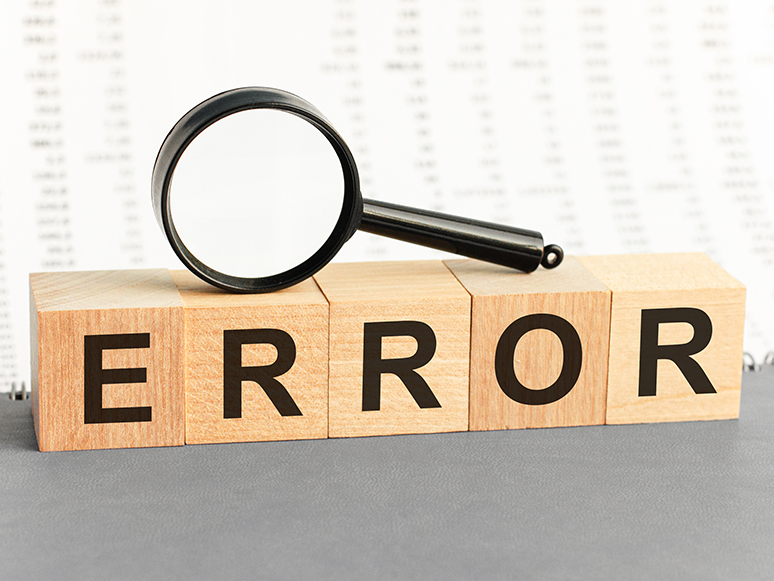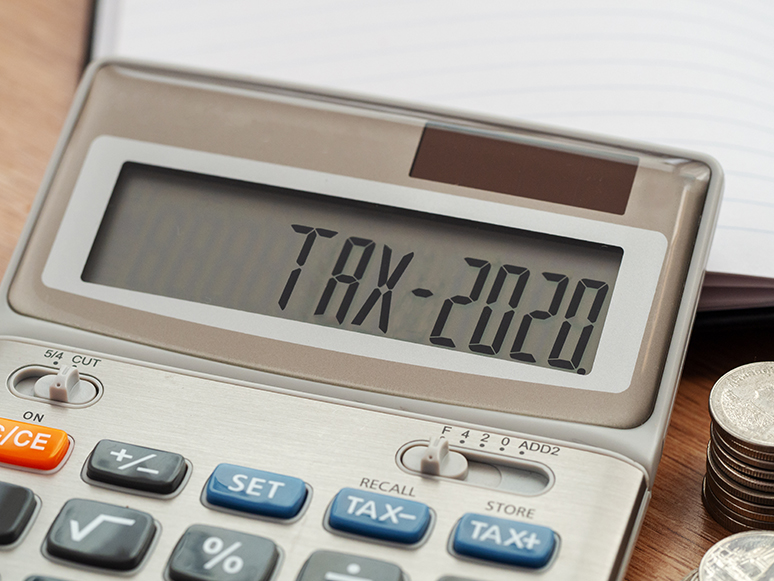logo


01st Dec, 2020

The Federal Government’s Coronavirus Supplement has been extended for a further three months. The Supplement payments were due to end on 31 December 2020, but the latest extension will allow them to run until 31 March 2021, which will be welcome news for many individuals still struggling with unemployment and other economic difficulties associated with the COVID-19 pandemic. However, the Supplement rate will be further cut from 1 January 2021 to $150 per fortnight.
The supplement was originally introduced in April 2020 at a rate of $550 per fortnight, which effectively doubled the rate of certain social security payments, including JobSeeker, Youth Allowance and Austudy. Individuals eligible for these payments received the full amount of the $550 Coronavirus Supplement on top of their payment each fortnight, lifting the total payment to $1,100 for most people.
The initial supplement was extended until 31 December 2020 at $250 per fortnight, and while the latest extension may be welcome news for unemployed or underemployed Australians, the supplement will now be further reduced to $150 per fortnight from 1 January 2021 (until 31 March 2021).
Previous arrangements that increased the income-free area of the JobSeeker payment to $300 per fortnight will continue from 1 January 2021 to 31 March 2021, meaning that recipients of various payments can earn income of up to $300 per fortnight and still receive the maximum payment rate. The partner income test cut-out will be retained at an increased rate of $3,086.11 per fortnight ($80,238.89 per year), allowing recipients to continue accessing various payments.
Those on various support payments need to also be aware of the return of mutual obligation requirements which apply to recipients in all states and territories except Victoria (at the time of writing). This includes performing tasks and activities in the individual’s Job Plan, attending to tasks in online employment services, and/or attending all appointments with their employment provider either over the phone, online or in person. Failure to fulfil these mutual obligations could lead to suspensions of payments, and penalties.
Former employees, sole traders and self-employed individuals thinking of applying for the JobSeeker payment should also be aware that the assets test now applies, as well as the liquid assets waiting period, which could see those with savings having to wait up to 13 weeks to receive payments.
01st Dec, 2020

Two additional Economic Support Payments of $250 each will soon be available to people who get any one of the following:
To be eligible for the additional payments, you must receive an eligible payment (or have an eligible card) on:
These additional cash payments follow the two $750 stimulus payments made in April and July 2020 for social security and veteran income support recipients and concession card holders.
01st Dec, 2020

On 10 November 2020, the ATO advised that the recent reduction in the company tax rate had not been applied correctly in its systems from 1 July 2020. The error, which resulted in pay-as-you-go (PAYG) instalments being calculated using the former rate of 27.5% and not the correct 26%, affected companies that are base rate entities with an aggregated turnover of less than $50 million.
The ATO has now corrected the error and will issue a new PAYG instalment letter to affected companies reflecting their correct instalment rate or amount.
The ATO says that all future activity statements will have the correct rate applied.
If you have varied your instalment rate or amount, the variation will continue until the start of the next income year. You can continue to vary your activity statements if your rate or amount does not reflect your current trading situation.
If you have lodged your activity statements and paid an amount based on the incorrect instalment calculation, the ATO will refund the overpaid amount shortly. No further action is needed.
When you lodge:
01st Dec, 2020

The ATO has recently outlined its expectations for businesses post-COVID. Overall, it warns companies against using loopholes to obtain benefits from the various government stimulus packages and urged them to follow not only the letter of the law, but also the spirit of the law. Specifically, it reminds taxpayers that measures such as the expanded instant asset write-off and the loss carry-back scheme should not be used in artificial arrangements for businesses to obtain an advantage.
In a recent speech, ATO Second Commissioner of Client Engagement Jeremy Hirschhorn outlined the expectations for businesses, noting that while companies are largely compliant – with 92.5% voluntary compliance at lodgment and 96.3% after compliance activity – the ATO is seeking to increase the percentages to 96% and 98% respectively.
Corporate taxpayers can use ATO information to compare their performance against those of their peers in relation to income tax. The ATO also urges those taxpayers to use its GST analytics tool, which allows businesses to reconcile financial statements to business activity statements (BASs) and to follow its GST best practice governance guide.
Businesses have been entrusted with leading economic recovery via access to a range of government stimulus measures, and with this trust comes increased expectations around corporate behaviour – including tax. Ultimately, Mr Hirschhorn said, a tax system is about underpinning a country’s social contract by collecting the revenue that funds its program and services.
01st Dec, 2020

The Federal Government has released an exposure draft of the rules for the JobMaker Hiring Credit, which was announced in the 2020–2021 Budget in October.
JobMaker will take the form of a payment to employers for each new eligible job they create over the next 12 months. It is estimated that the scheme will cost $4 billion and support about 450,000 employees.
Generally, the amount of the JobMaker Hiring Credit payment depends on the age of the eligible additional employee when their employment starts. Employers can receive up to $200 per week for each eligible additional employee aged 16 to 29 years, and up to $100 per week for each eligible additional employee aged 30 to 35 years.
JobMaker starts on 7 October 2020 and ends on 6 October 2022, but payments will only apply for eligible people who commence employment between 7 October 2020 and 6 October 2021 (that is, during the first year).
17th Nov, 2020

Several tax announcements from the 2020 Federal Budget have now been passed into law.
These include bringing forward changes to the personal income tax thresholds so that they apply from 1 July 2020. From that date, the top threshold of the 19% personal income tax bracket is increased from $37,000 to $45,000. The top threshold of the 32.5% tax bracket is increased from $90,000 to $120,000. The low income tax offset increases to $700 and the low and middle income tax offset (up to $1,080) is retained for 2020–2021.
A range of tax concessions already available to small businesses have been extended to medium sized businesses as well, and businesses with turnover less than $5 billion can deduct the full cost of eligible depreciating assets that are installed ready for use between 6 October 2020 and 30 June 2022.
The ATO has issued updated tax withholding schedules to reflect the 2020–2021 income year personal tax cuts. Employers must now make sure they are withholding the correct amounts for pay runs processed in their systems from no later than 16 November onwards.
With these changes coming partway through the income year, employees and other payees will receive their entitlement to the reduced tax payable for the entire 2020–2021 year when they lodge their income tax returns for that period.